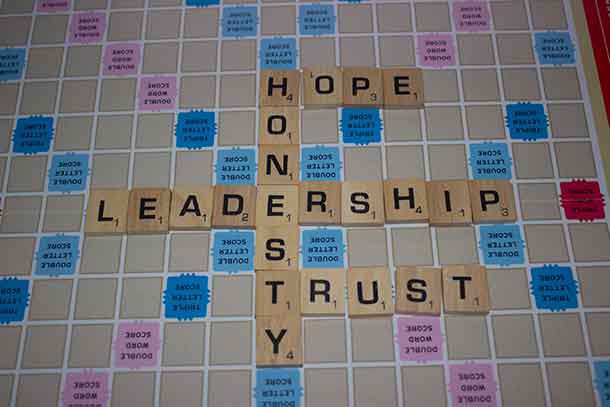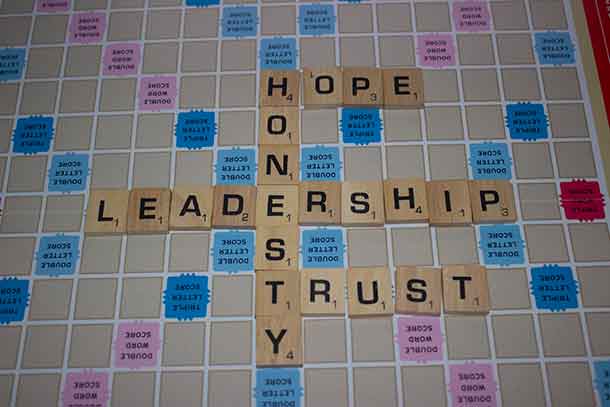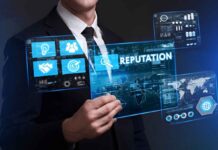
How can those at the top ensure they and their organizations are fit for the future?
By Rohit Talwar
CEO
Fast Future Research
THUNDER BAY – Perhaps the biggest challenge facing leaders today is to ensure they are capable of navigating themselves and their organizations through a complex and rapidly evolving future landscape.
The reality is becoming clear: A good future-focused leader has to have a “futurist mindset”. This means being capable of looking over the horizon on a continuous basis, and constantly adjusting our present-day actions in response to what we see. It also means acting quickly in response to new opportunities and risks – trying rapid change experiments through which we can learn and evolve.
Below are 10 key principles for ensuring that you are leading into the future and not clinging on to the past.
1. Maintain a Constant Dialogue with Key Stakeholders
The leaders who are least surprised by the future tend be those with the broadest radar. They are always exploring both the issues of today and the factors that could shape and disrupt the future. They do their data gathering in the most natural way possible – by talking constantly to customers, prospects, suppliers, partners, shareholders, competitors, industry associations, business networks, advisors, industry analysts, commentators, journalists and – most importantly – their own staff. They probe for ideas and developments that could accelerate quickly and for weak signals of potentially big changes to come.
2. Continuous Foresight and Experimentation Cycles
The old planning model has been overturned, an annual or bi-annual long-term planning exercise to guide strategic leadership just won’t cut it, when sectors are being disrupted on an almost quarterly basis. The emerging best practice model is to scan continuously – looking far, wide, and into the shadows for what might be coming towards us. These insights need to drive at least a twice-yearly update of scenarios of how our world might play out in the near, medium, and longer term. These scenarios and scanning insights should help us iterate our way towards the future using rapid idea testing experiments around possible new products and services, processes, channels to market, business models, and customer engagement approaches. The goal here is to help us learn key information rapidly, develop new knowledge and capabilities, fail fast when appropriate, and progress quickly.
3. Hire a Futurist
Alongside learning and development, and managing your digital ecosystem, continuous scanning and evaluation of the future will be a critical core function for future-proofed organizations. Like it or not, the organization needs constant prodding to ensure it is looking at new potential threats and opportunities early enough to address them before they create a crisis. Many leading companies are hiring futurists or directors of strategic foresight or other job titles that denote a role involved in continuously thinking about the future. Well-known organizations that have created positions for in-house futurists include Google, Intel, Volkswagen, Hershey’s, Ancestry.com, and even the City of New York.
4. Define the Present Broadly
Study history and archaeology to cultivate and enhance understanding of time and progress. The best future leaders have a sense of context – a solid grasp of civilizational rise and collapse, failed societies, and gaps in the scientific understanding of the past. Consider future generations as stakeholders for whom you are accountable. Envision the great-grandparent holding the new-born baby, and all the past and future the image conveys: that is the present.
5. Learn Something New Every Day, Then Watch it Grow
Don’t leave scanning just to the futurists. Allocate at least a couple of hours a week to exploring what’s coming next. Good future leaders learn quickly to establish the habits of a trendspotter and seek out new information at every possible turn. Subscribe to newsletters, follow thought leaders on social media, join webinars, and work daily to widen your media diet to include information that broadens your mind. Seek out diverse information sources and cultivate your findings on a link-sharing or social media page of your own. Watch and learn as your observations go from fringe to mainstream.
6. Let it Go!
Letting go of that which no longer serves us is critical to understanding and acting on the emerging future, and to appreciating and responding to the strategies and business models of new and existing competitors. Cherished assumptions and worldviews may need to be overturned, and long-held ideas and beliefs that have served us well may need to be retired. Our thoughts and beliefs can become a prison which prevent us from exploring and making sense of the world that’s unfolding. Also key here is acknowledging that our own ideas may not be the best ones for any given situation and that they also have a limited time to be acted upon before they might be overtaken by developments in the world around us.
7.ShapeaForward-LookingCulture
Look at the dominant behaviors and stories around the organization. Who do we make heroes of? Are we celebrating and rewarding those who scout out emerging change and seek to pioneer new ideas? How are we using public spaces – are staff surrounded by constantly changing images, icons, and questions of what’s next – or charts of past performance, safety notices, and policy statements? How is our appraisal and bonus system designed – are innovation and challenging the “system” encouraged and rewarded?
8.Re-balanceTechnicalandSoftSkills
If we accept that in the past our success as leaders has been based on our technical knowledge, then acknowledging the pace and scale of emerging change should lead us to conclude that softer skills will become increasingly important. Presuming that automation takes away the need from some technical know-how, perhaps future leaders will be required to demonstrate a tolerance of uncertainty, the ability to cope with complexity, to exhibit empathy within our organizations, and to value collaboration and relationship development.
9.TakeaSustainabilityPerspective
Sustainability has often been talked about in the context of the environment; climate change, wildlife protection, and natural resource consumption. Increasingly, we see organizations taking a much broader view of sustainability that includes economy, business, and employment, eradicating inequality, developing ethical business practices, our communities and ecosystems, education, and personal fulfilment. Perhaps we should be posing questions about how our businesses and our business practices support sustainability, rather than damaging it.
10.DefineandRedefineOrganizationalIdentity
Fluctuating conditions in the business environment impact organizations in different ways. Being attentive to unexpected shifts in society gives future leaders an innate sense for when company culture, identity, and values should evolve. A future leader inspires others with a consistently positive attitude towards change.
Never has it been more important for those leading organizations to demonstrate a deep understanding of the forces, trends, developments, and ideas that could shape the emerging future. From shareholders and stock analysts to customers, partners, and staff – they are all looking for tangible signs that we have real grasp of what’s on the horizon and the scenarios that could play out. These stakeholders want reassurance that our decision making is based on what’s next as well as what’s been.
Rohit Talwar is the CEO of Fast Future Research,a global research and consulting company that specializes in identifying future growth industries and helps governments and global companies to explore and respond to the sectors, ideas, trends and forces shaping the next five to 20 years.
© Troy Media
The views, opinions, and positions expressed by all columnists and contributors are the author’s alone. They do not inherently or expressly reflect the views, opinions and/or positions of NetNewsLedger.







